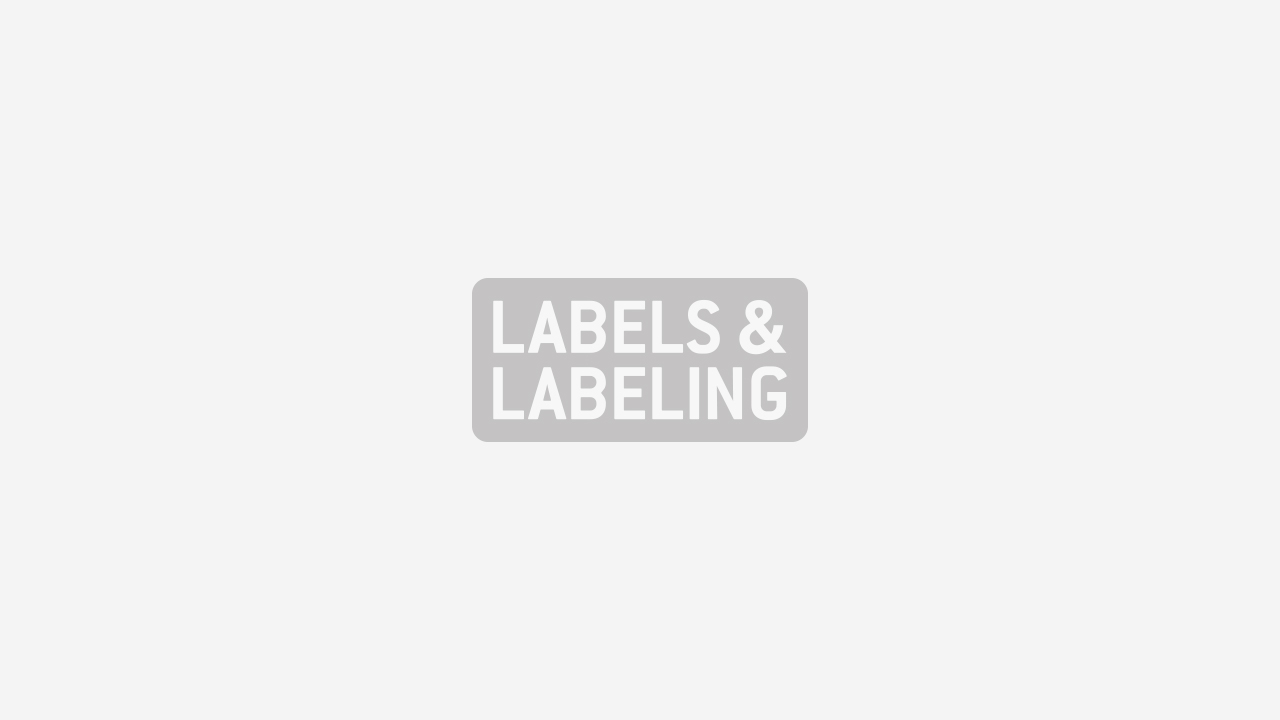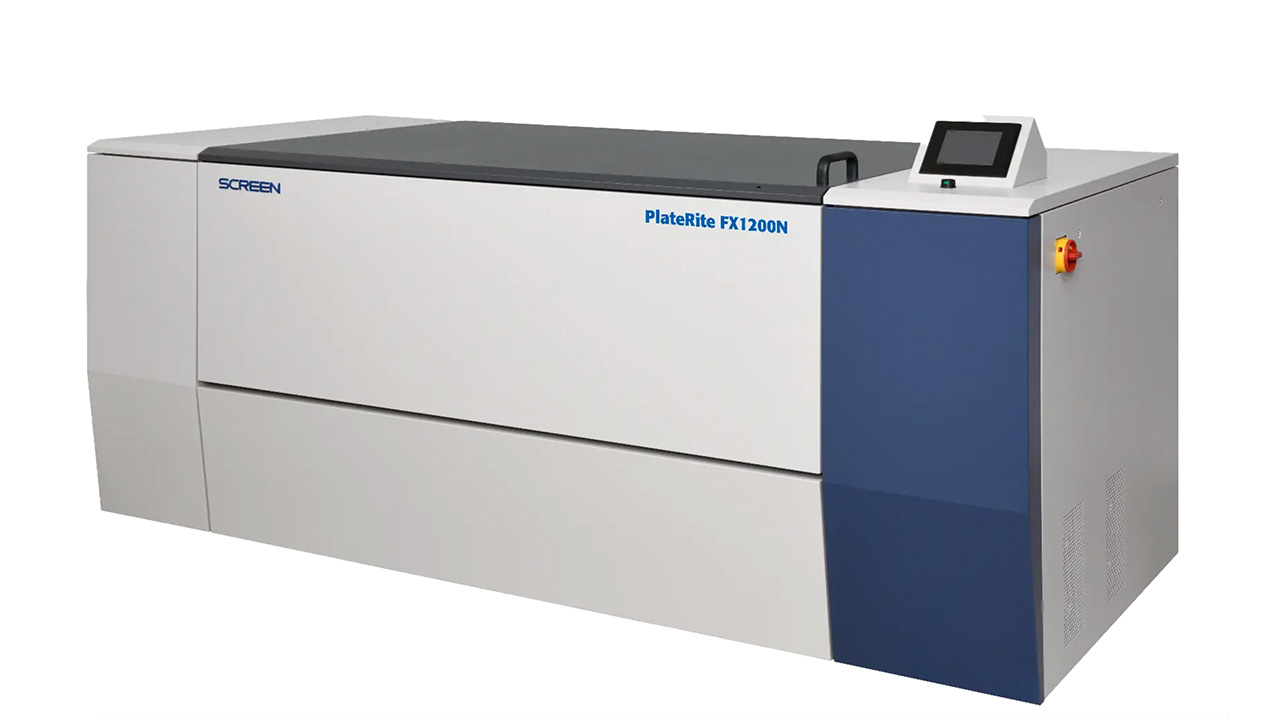Screen adds to flexo range

Screen has launched a new version of its thermal platesetter for the flexo and letterpress markets. The PlateRite FX870II features imaging technology that enables output up to 4,800 dpi, aimed at satisfying the increasing demand for fast turnarounds.
The PlateRite FX870II is claimed to be the world's first flexo platesetter to offer a maximum resolution of 4,800 dpi as a standard feature. This high resolution improves the smoothness of curves and diagonals and the reproduction of fine lines and small text. Gradations appear smooth especially in the highlights.
’The use of combination presses is becoming more widespread in the packaging and label industries in order to deliver fast turnaround products at high speed. Therefore there is an increasing need for pre-press equipment that offers both better quality and increased productivity,’ said the company in a statement. ‘Designed to meet these growing needs, the PlateRite FX870II is a high-quality, high-productivity unit that features a newly-developed high-output recording head, as well as an auto-balancing function that ensures stable drum rotation.
’The PlateRite FX870II provides better productivity in every aspect of the CtP process, from plate mounting to exposure. Plates can be loaded in any size from 100 x 100mm up to 870 x 762mm without any extra handling or masking of the drum.’
The elimination of intermediate production steps involving film also frees the operator from time-consuming tasks such as preparing the film, step-and-repeat operations, and imposition work. The PlateRite FX870II reduces the number of stages required before printing and improves the resin plate quality.
To further improve productivity, the PlateRite FX870II also features a clamp that makes plate loading simple and efficient, as well as a variety of other mechanisms that make the unit easy to operate.
Screen has also launched Flexo Dot – a new system of halftone dots specifically designed to improve the highlight areas in flexo and letterpress printing. It features a minimum halftone dot size of several dots, as opposed to the conventional halftone dot comprising a single dot.
By applying a reinforcing pattern to the base halftone dot shape, the relief patterns in the highlight areas are more consistent, allowing more control and crisper images. It is also said to provide a greater range of gradation, as the minimum halftone dot shape can be selected from three available types to suit the specifics of the highlight printing according to the platemaking environment and the inks and media.
Stay up to date
Subscribe to the free Label News newsletter and receive the latest content every week. We'll never share your email address.

